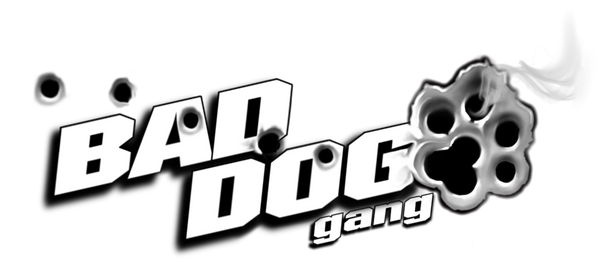
Everything About Shedding
Everything You Wanted To Know About Shedding
Fur all over your home can be one of the biggest irritations for dog owners. Virtually all dogs shed, especially in the hotter months. Lots of people spend hours brushing their dogs with little relief. De-shedding dogs is an option but dog owners often wonder, is it worth it?We’ve put together a verbal cheat sheet below of everything you need to know about dogs different coats. As well as shedding and de-shedding so dog owners can make the best decisions when it comes to their dogs and hopefully get rid of all the unwanted hair.
Understanding Your Dog’s Fur Coat
The only difference between your hair and your dogs is the texture, length and color, and the fact it covers their entire body. Dogs can also have single and double coats of hair and a lot of different types of textures. Dogs have two main types of coats. One is referred to as top coat, which are longer, coarser hairs that offer protection from the sun, repelling water, offering camouflage, and reducing the severity of cuts or scratches.The second layer is the undercoat which is a layer of hair that is wavy or curly, shorter and provides thermal regulation. Essentially your dog’s undercoat acts like isolated mug and keeps your dog warm during winter and cool in the summer. When dogs have both a top coat and an undercoat, they are considered double coated. Some dogs only have a top coat, referred to as a single coat. Dogs with single coats don’t shed seasonally and are considered more hypoallergenic, but unfortunately they still shed. It’s just not very noticeable. Dogs that have single coats include Greyhounds, Poodles/Doodles, Maltese, Terriers, and Mini Pinchers.
Typical Shedding
The fact is that all dogs shed year round. Hair is constantly falling out and re-growing like humans. However, when we think about shedding, typically we are really thinking about seasonal shedding.Seasonal shedding typically happens every 6 months. The first time when the weather becomes warmer, and the undercoat falls out. This is the season when clumps of fur end up around your house, and if you own a Husky, you can easily pluck huge tuffs of fur from of your dog. The second time is when the weather becomes colder and the top coat starts falling out to make room for the new fresh undercoat.
Because most dogs tend to live indoors and exposed to interior lighting with artificial temperatures, the shedding cycle gets disrupted and can happen year round. This is what can throw most people off. They don’t understand why their Retriever is shedding in February, but if the heat set to 76 degrees, their body most likely thinks summer is coming soon!
So What Is De-shedding Then?
De-shedding is the removal of a dog’s loose undercoat with a brush. The thought is to try to remove the dogs hair before it end up on your furniture and clothes, but it also can make your dog more comfortable. There are multiple tools and methods to de-shed dogs depending on the coat type.While de-shedding is beneficial and significantly reduces the amount of hair, unfortunately it wont stop the shedding process. A lot of dog owners get irritated when their dog keeps shedding after a de-shedding session. While a lot of hair can be removed, it’s still impossible to clear out 100% of the lose fur (or fur that wasn’t ready to shed yet), you will still see an improvement.
Larger breed dogs can sometimes take up to 2 hours to de-shed the undercoat. Once the session is finished, there is typically a (close to) dog size pile of fur left. De-shedding should be done regularly and once on a schedule, the effects will be more noticeable.
